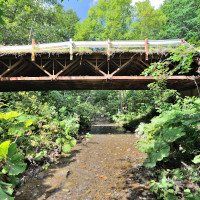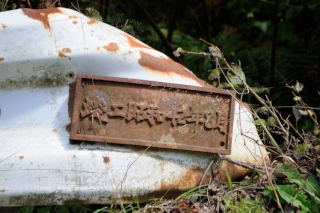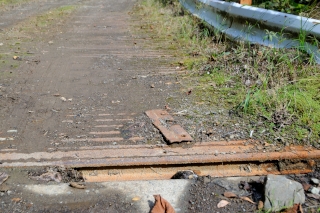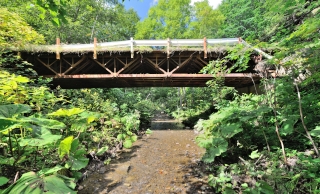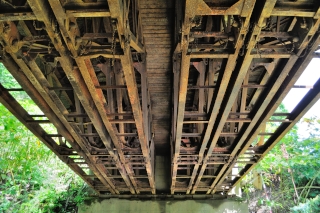One warm afternoon, I was doing internet surfing with sleepiness after lunch, my sleepiness blows off because I see locate awesome one. The photo the burdge that I have seen sapand place that I never seen on “廃“. Exactly it’s JKT, type 99 heavy truss railway bridge (99式重構桁鉄道橋, kyūjūkyūshiki jū kōta tetsudōkyō). Skilled administrator notices perfectly. If he didn’t notice, I can’t do too.
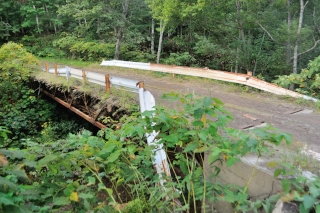
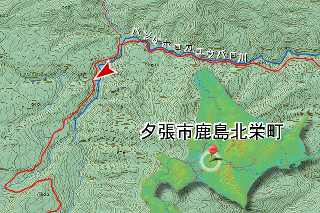
I transited Oyubari sunk into a dam, ran 3 km the forest road, I arrived at the bridge. right before the bridge, the road curve, so I gaze this naturally. It’s easy to see so, why nobody teaches to me.
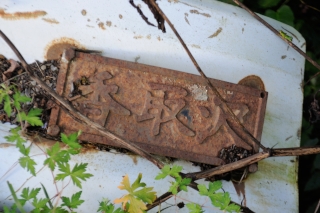
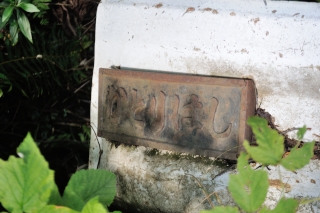
Name is Katori Hashi by name plate. River called Katorihsawa river (香取沢), so it seems to 香取橋 in kanji.
It’s different with Komakisawarindo bridge (小巻沢林道橋) that complete year unknown, Katori bridge built in August 1967 by the nameplate.
Mud piles up thin on road surface, rail is exposed under mud. It’s same construction to Komakisawarindo bridge. I don’t know how to use tiny iron plate on rail.
Same to Komakisawarindo bridge, wooden plate may be laid, and the iron plat fix the woodn plat.
I downed to the river. Span is short so no stacked. 15.5m length by panels.
The forest railway No.5 and No.6 and Komakisawarindo bridge use 3 columns, but it is using 6 columns. A width of 1 columns is 0.5 m. 6 columns has 3.0 m.
This has an opening between columns and rail overhang at side, effective width is seems to about 4.0 m. The bridge has so wide width, dump et al large truck can cross the bridge.

A question is where did the JKT come from? Near here, forest railway famous for JKT. I think Katori bridge moved from forest railway, because JKT was hard to obtain. JKT introduced 4 bridges 8 spans in forest railways.
Some removed arise from building Oyubari dam or the railway abolished, now exist only forestralway No.5 and No.6. We don’t know where went 20 m span×3 and 14 m span ×2 total 5 spsns.
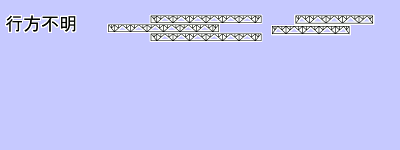
If 20 m span that one of missing 5 spans diverted to Komakisaarindo bridge, Remains are 20 m span ×2 and 14m span ×2. It’s disagree with Katori bridge. And width disagree too because it used with 3 columns in era forest railways. However, JKT is assemble with pins, so if decomposed and rearranged, we can create 15.5 m span 6 column. The end has 2 type parts of panels, 1 m and 2.5 m. 15.5 m span needs both type end paets. The other side 14 m span has 1 m parts only, 20 m span has 2.5m parts only.
I mean, 1967 when Katori bridge built, not existed new JKT, so Katori bridge diverted from forest railway, so missing all 5 spans (4 spans except Komakisawarindo bride ) were saving then somewhere of forest service. Someday other parts are excavate at warehouse or material storing site.
It’s expect too much.
At last, I took a movie. It hardly move. Though I took it, I show you not to become wasteful.
infomation of this entry
関連記事
主要地点の地図
参考文献
- 天翔、『重構桁鉄道橋の最期』(http://www.d1.dion.ne.jp/~j_kihira/library/others/jyukama.html)
変更履歴
- 2016-02-23 冗字修正
